We live in sunny Spain, a country often associated with the “siesta”. Many of our guests assume this means Spanish people love sleeping in, sleep some more in the afternoon and basically sleep their days away; that couldn’t be further from the truth.
What Is Siesta?
Siesta basically just means “nap” – it’s often used to designate nap time, right after lunch.
Siesta is also used to designate the time after lunch, between approximately 2 and 5 in the afternoon, when all shops and offices are closed. Those are the hottest hours of the day, and Spanish summers can be HOT. You won’t see many people walking the streets during siesta time – and if there are, they’re either Spanish people on an emergency, or tourists from another country.
How Spain Deals With Summer Heat
In our (rural) part of Spain, everything has been designed to deal with summer heat. Windows are often small so they don’t let too much sunlight in; if they’re bigger, there will often be an overhang so the sun doesn’t hit the windows directly. That would just create a greenhouse (or oven) effect inside the house.
Most houses are extremely well insulated, built with heavy stone from the land. In many places, they are also built into the hill or mountain; this increases geothermal cooling (and heating in winter). The mountain keeps its temperature, and anything built into the mountain will remain at a temperature close to that as well.
However, most public buildings (like offices, restaurants or shops) have air conditioning in this day and age. Office hours used to be from 9-2 and then 5-8 (or similar), but the European business world is pressuring Spain to get rid of the long lunch break. From a European perspective, having one country closing down while all the others are bustling and wanting to do talk shop, is not productive. With air conditioning present in most office buildings, there’s no need to stay indoors during the hottest hours of the day.
So siesta’s a backwards and old-fashioned custom that should be eradicated, you say? I beg to differ.
A Typical Summer Day In Rural Spain
Here in rural Spain, siesta is an essential part of a summer day.
Most people wake up very early to work on the land; whether they have fruit and nut trees to care for, a vegetable garden to tend or vineyards to prune – the biggest part of those chores are best done in the early hours, when everything is still cool. Harvesting, watering, even sowing; we have several friends who wake up early to see to the production of their food, before they go to their “real” shop or office job.
It’s no exception to hear a neighbour ploughing away on his tractor at 6 o’clock in the morning. Thankfully, even his land doesn’t need ploughing every day or even week.
In most Western countries, people are away for work all day (9-to-5). The only way for families to eat together (or for people to even cook and eat a healthy full meal) is dinnertime. If this means early dinner, often we feel quite full and not be very productive after dinner; that time is often spent in front of a television or computer screen. In case of late dinner (or if you just go to bed early), it also means going to bed with a full stomach, which is quite taxing on your digestive system – I believe this is one of the many reasons why so many people are overweight these days.
In Spain, lunch is the main meal of the day. In rural parts of the country, this is often a family meal as well, as children come back from school during lunch time, shops close and offices have a long lunch break; most people living and working in smaller towns are able to go home, cook a meal for their family, and then have some time off to properly digest said meal (maybe even have a nap) before heading back to the office, shop or school.
Life resumes around 5 in the afternoon; shops will reopen, people will start going outside again as it gets cooler, bit by bit. During the summer holidays, you’ll see families arrive at the swimming pool or rivers around that time, and often stay there until later… easily around 9pm.
Dinner is served really late; most restaurants won’t open before at least 9 at night, and people won’t start coming in until 9:30 at least. You’ll see a pattern in local bars as well – lots of people socialising after work (which usually ends around 8pm or a bit later), but they’ll go home in time for dinner around 10 o’clock.
In the middle of summer (July & August), most Spanish villages will also have their traditional “fiestas mayores”: parties that will not only start late (after midnight), but go on until after breakfast. Those are not only for young people; the whole village will participate, and eighty-year-olds will be dancing as if they were twenty-somethings. Needless to say, there might be a few more and longer siestas during the summer fiestas…
You’d think children are spared from all that? Not quite – during the summer fiestas, there will always be special programs for children – from dressing up to games and competition, and there is always a kiddy disco. However, that doesn’t start until 11 at night (after dinner)…
So Siesta Isn’t About Sleeping…
A regular summer day in Spain is not about sleeping – it’s about making the best use of the cooler hours. Waking up very early so we can work in the cooler morning hours, going to bed late so we can work some more (and party a bit!) after the sun went down.
It’s a whole different rhythm and not easy to get into (especially when winter turns into summer with hardly a few weeks of spring in between!) but we’d recommend to anyone travelling to Spain or any other warm country, to adapt to the local customs… it’s too hot to do anything else anyway.

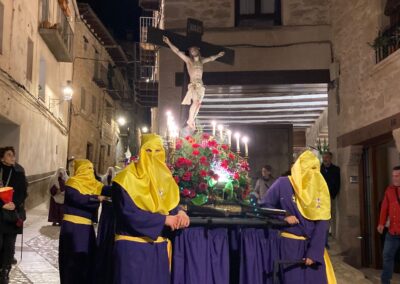
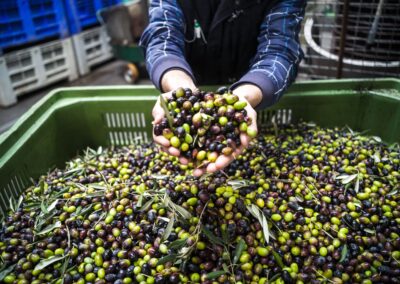
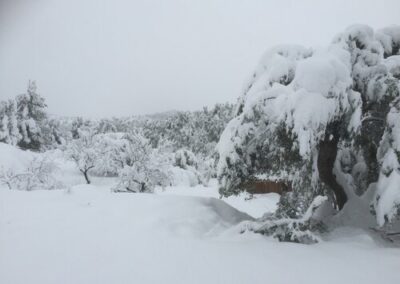
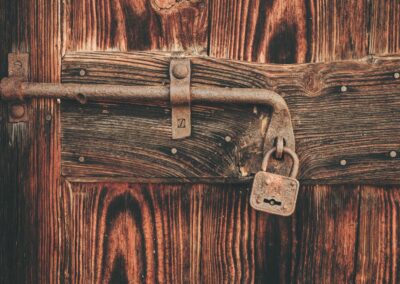
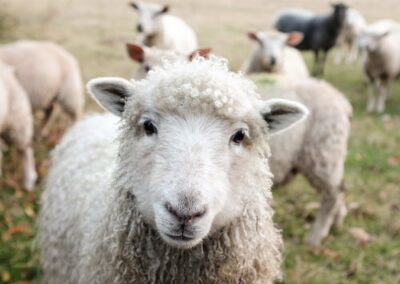
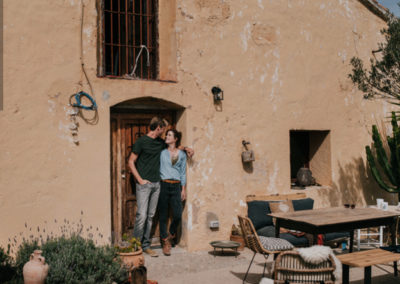
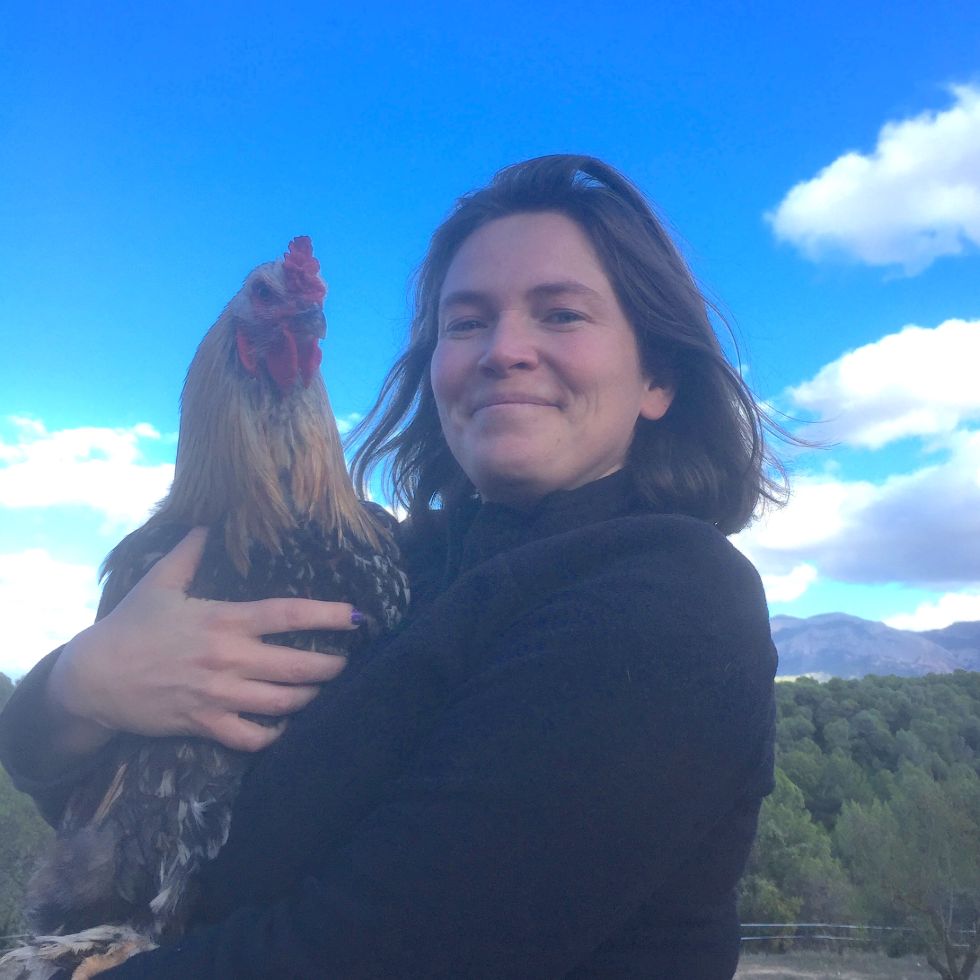
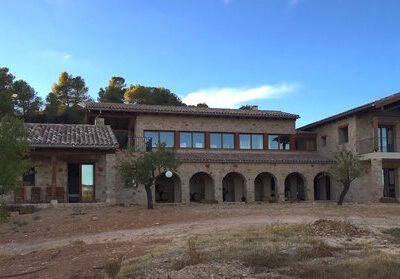

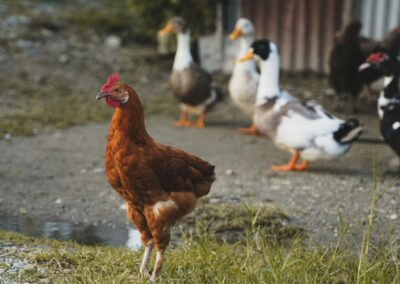
0 Comments